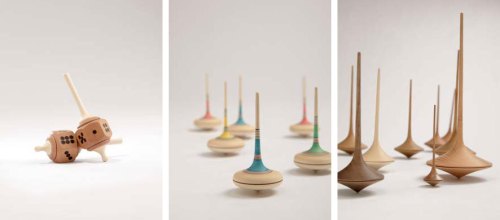
Bathing with yuzu / Hinoki Bath Spa: Each bag contains highly aromatic wood shavings of Hinoki, Japanese Cypress. Made entirely from recovered material from forestry management and timber production. Simply place the bag into a hot bath and enjoy the calming and rejuvenating effects of a Japanese forest
Yuzu is a very aromatic citrus fruit originated from China but widely cultivates and consumed in Japan. It is rarely eaten as a fruit, but we use its aromatic zest and juice in many ways as a condiment in Japanese cuisine.
Last time I was back in Japan, my grandma gave me a bag full of yuzu from her garden. Since I never seen fresh yuzu sold in the UK, I brought some back to London. That was nearly half an year ago and yesterday I found three yuzu left at the bottom of my food basket, completely dried out. They are no good to be used in cooking anymore, but then I remembered what my grandma told me “yuzu is good for bathing”.
Because of its characteristic aroma and the oil from its skin, yuzu is often used as a fragrance. In Japan, it is a custom to bath with yuzu on the winter solstice and is believed that it helps to prevent against colds by accelerating the circulation and warm the body.
Yesterday was a fine summer day, but I took a long yuzu bath anyway, thinking about my grandma who passed away one month after she gave me these yuzu. Then, I had the best sleep since long.
There are certain smells that bring you back a sense of place or memories. For me, yuzu is one of them and Hinoki is another.
Hinoki is Japanese Cypress, highly aromatic wood widely used in home interior, furniture and as fragrance. Like yuzu, I found Hinoki’s aroma very pleasant.
The manufacture for cherry wood washboards that I sell in the shop happens to work with hinoki, too. The shavings left from the manufacturing process are strongly scented and are enclosed in a cloth bag, releasing their aroma. Another simple yet clever product discovered.
Like yuzu, the aroma of hinoki take me back to my parent’s bathroom which are build with hinoki wood.





